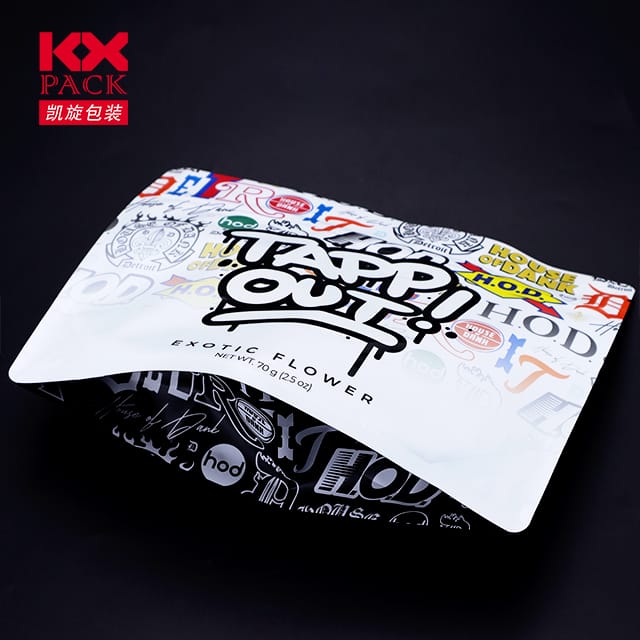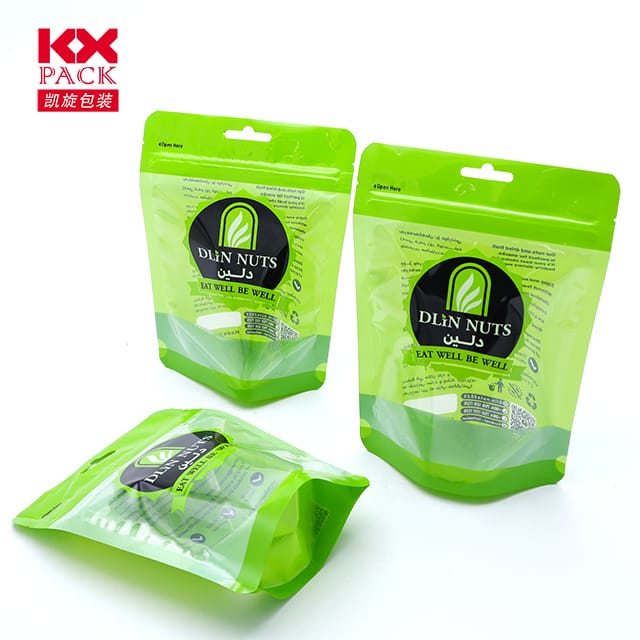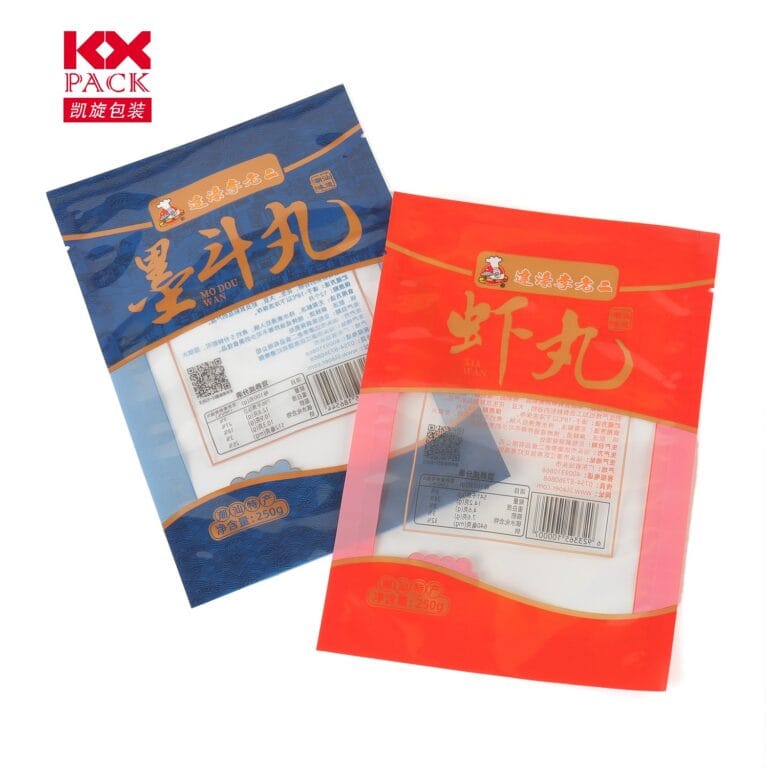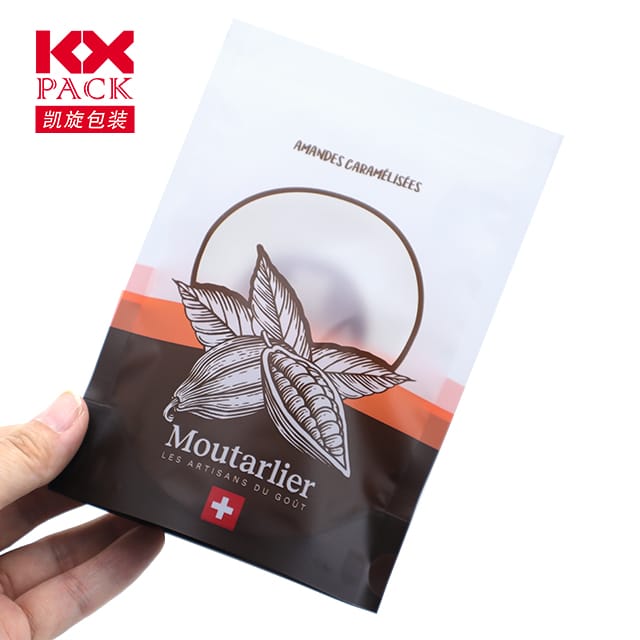Explorarea evoluției și inovațiilor din plastic de film: O imagine de ansamblu cuprinzătoare (2)
Plastic de film
The term “Plastic de film” se referă la o categorie versatilă de subțire, Materiale flexibile derivate din polimeri, Jucând un rol esențial în industrii. De la soluții de ambalare la aplicații tehnologice avansate, Plastice de film au transformat fabricația modernă și obiceiurile consumatorilor. Acest blog se adună în semnificația lor, inovații recente, și tendințele viitoare.
1. Fundația: Types and Applications
Film plastics encompass a range of materials, including polyethylene (PE), polipropilenă (PP), poliester (ANIMAL DE COMPANIE), and biodegradable polymers like PLA. Their lightweight, durabil, and cost-effective properties make them indispensable in:
- Ambalare: Food-grade films extend shelf life, while industrial films protect goods during transit.
- Agricultură: Mulching films improve crop yields by retaining soil moisture.
- Electronică: Conductive and insulating films enable high-performance circuit boards.
- Medical Devices: Sterile packaging and implantable materials rely on biocompatible films.
2. Market Dynamics and Growth
The global film plastic market is experiencing steady expansion, driven by:
- Rising Demand: The packaging sector, particularly in emerging economies, fuels consumption.
- Progrese tehnologice: Innovations like nanotechnology and multi-layer coextrusion enhance film functionality.
- Inițiative de sustenabilitate: Regulatory pressures and consumer demand push for biodegradable and recyclable films.
Conform rapoartelor industriei, the market size was valued at approximatelyUSD 787 miliarde in 2022 and is projected to reachUSD 963.7 miliarde de 2029, cu un CAGR de 2.9%. Key players include China, the U.S., and Europe, where industries are rapidly adopting eco-friendly alternatives.
3. Innovations Shaping the Future
3.1 Functional Films for Specialized Needs
- Antifog and Antistatic Films: These prevent condensation and static buildup, critical for electronics and food packaging.
- High-Barrier Films: Used in food and pharmaceutical packaging, they extend product shelf life by blocking oxygen and moisture.
- Filme inteligente: Incorporating RFID tags, temperature sensors, or QR codes, these films enhance traceability and consumer engagement.
3.2 Sustenabilitate: The Green Imperative
- Filme biodegradabile: PLA (acid polilactic) and other bio-based polymers reduce environmental impact. De exemplu, LVMH Group uses PLA-based films for luxury packaging.
- Recycled Content: Brands like Coca-Cola and Mars are adopting 100% rPET (recycled PET) in their packaging, signaling a shift toward circular economy practices.
- Ușurare: Reducing material thickness without compromising strength—such as PepsiCo’s 10% lighter 330ml PET bottles—cuts costs and carbon footprints.
3.3 High-Performance Films for Emerging Industries
- Automotive Lightweighting: Films like PA6/12 and PPE+PA composites reduce vehicle weight, boosting fuel efficiency. BMW’s i3 and Toyota’s ISO Dynamics resin seats exemplify this trend.
- Electronică: High-temperature-resistant films (De ex., PEEK, PPS) enable safer, faster-charging EV batteries.
- Medical Innovations: Biocompatible films for drug packaging and implants, such as Astellas’ bio-based blister packs, improve patient safety.
4. Challenges and Opportunities
În ciuda progreselor, Industria se confruntă cu obstacole:
- Waste Management: Single-use plastics remain a concern, necessitating better recycling infrastructure.
- Respectarea reglementărilor: Stringent environmental laws (De ex., EU’s single-use plastic ban) require agile adaptation.
- Cost vs. Sustenabilitate: Biodegradable films often cost more, limiting adoption in price-sensitive markets.
in orice caz, these challenges drive innovation. Collaborations between academia and industry, such as Amat Medical’s PLCL polymer stents, show promise in closing the gap between performance and sustainability.
5. Drumul Înainte
The future of film plastics hinges on:
- Tehnologii avansate de reciclare: Chemical recycling of mixed plastics could unlock high-value applications.
- Ambalaje inteligente: Integration of IoT sensors for real-time product monitoring.
- Global Collaboration: Cross-industry partnerships to standardize sustainable practices.
Concluzie
Film plastics are more than mere packaging materials—they are enablers of innovation, eficienţă, și durabilitate. As industries evolve, so too must these films, Echilibrarea performanței cu responsabilitatea mediului. The journey ahead demands creativity, colaborare, and a commitment to a greener future.
What are your thoughts on the future of film plastics? Share your insights in the comments below!







